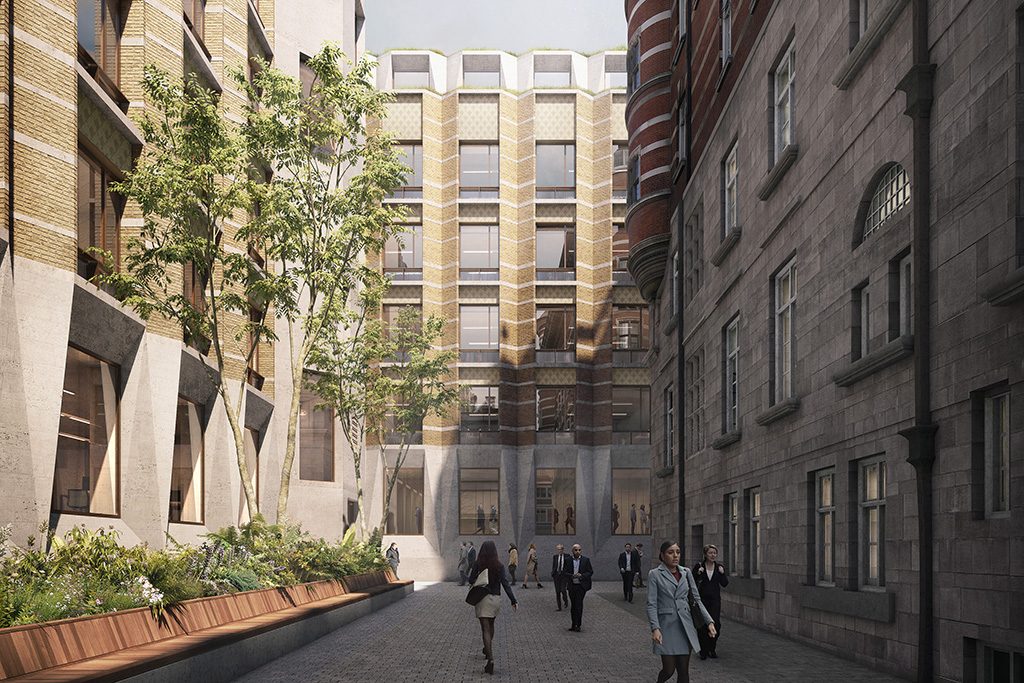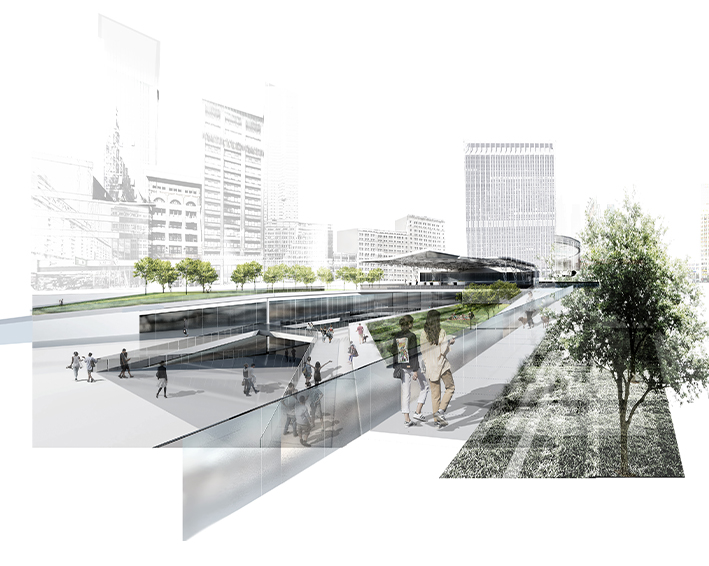- Home
- Articles
- Architectural Portfolio
- Architectral Presentation
- Inspirational Stories
- Architecture News
- Visualization
- BIM Industry
- Facade Design
- Parametric Design
- Career
- Landscape Architecture
- Construction
- Artificial Intelligence
- Sketching
- Design Softwares
- Diagrams
- Writing
- Architectural Tips
- Sustainability
- Courses
- Concept
- Technology
- History & Heritage
- Future of Architecture
- Guides & How-To
- Art & Culture
- Projects
- Interior Design
- Competitions
- Jobs
- Store
- Tools
- More
- Home
- Articles
- Architectural Portfolio
- Architectral Presentation
- Inspirational Stories
- Architecture News
- Visualization
- BIM Industry
- Facade Design
- Parametric Design
- Career
- Landscape Architecture
- Construction
- Artificial Intelligence
- Sketching
- Design Softwares
- Diagrams
- Writing
- Architectural Tips
- Sustainability
- Courses
- Concept
- Technology
- History & Heritage
- Future of Architecture
- Guides & How-To
- Art & Culture
- Projects
- Interior Design
- Competitions
- Jobs
- Store
- Tools
- More

Wellness design is an approach to architecture that prioritizes the health and well-being of occupants. It emphasizes the connection between the built environment and human well-being, promoting physical and mental wellness by creating spaces that promote relaxation, comfort, and connection to nature. Wellness design has become increasingly popular in recent years, particularly in commercial and residential projects. In commercial buildings, wellness design can improve employee productivity, reduce absenteeism, and improve overall well-being. In residential projects, wellness design can improve the quality of life for occupants, promoting relaxation and stress reduction.
In wellness design, architects and designers focus on creating spaces that reduce stress and promote relaxation, incorporating elements such as natural light, ventilation, and greenery. They also pay attention to the layout and circulation of spaces, creating an environment that promotes physical activity and encourages movement. Wellness design also takes into account the impact of the built environment on mental health, incorporating elements such as color psychology, soundproofing, and privacy to create a calming and soothing environment. Additionally, wellness design considers the impact of indoor air quality and the use of materials that are non-toxic and eco-friendly.

Here are some ways wellness design and sustainability can be incorporated into architectural spaces:
- Natural Materials: The use of natural materials, such as wood, stone, and natural fibers, can create a more calming and soothing environment. Natural materials also have a lower carbon footprint than synthetic materials, making them a more sustainable choice. Incorporating natural materials into flooring, furniture, and decor can promote wellness while also being eco-friendly.
- Energy Efficiency: Energy efficiency is an important consideration in residential design. Incorporating energy-efficient features, such as LED lighting, energy-efficient appliances, and solar panels, can reduce energy costs and minimize the home’s carbon footprint.
- Indoor Air Quality: Indoor air quality is another important consideration for wellness and sustainability. Incorporating air-purifying plants, proper ventilation, and low-emission building materials can promote better indoor air quality, reducing the risk of respiratory problems.
- Lighting: Lighting plays an important role in wellness design. The use of natural light can create a more welcoming and comfortable environment. Task lighting can be used to highlight specific areas or exhibits, while ambient lighting can be used to create a more relaxed and inviting atmosphere.
- Comfortable Seating: Comfortable seating is essential in cultural buildings, particularly for visitors who spend a considerable amount of time viewing exhibits or attending events. Incorporating ergonomic seating, comfortable cushions, and adjustable lighting can make visitors feel more comfortable and relaxed.
- Water Conservation: Water conservation is another important aspect of sustainability. Incorporating water-efficient fixtures, such as low-flow showerheads and faucets, and drought-tolerant landscaping can help conserve water, while also reducing the home’s water usage.
- Art Therapy: Art therapy is a wellness design trend that can be applied in buildings. Art therapy involves using art as a means of promoting mental health and emotional well-being. Art installations or exhibits that encourage interaction and engagement with visitors can provide a therapeutic experience and create a more meaningful connection between the visitor and the artwork.
- Technology: Technology can also be used to promote wellness in architectural spaces. Interactive exhibits or virtual reality experiences can transport visitors to another world, creating a more immersive and engaging experience. Technology can also be used to provide visitors with information about exhibits, performances, or events, enhancing their overall experience. With the developement of technology, designers and creators prefer digital art works and exhibitions instead of using physical materials and consuming papers. Sustainable and emergence exhibitions become popular with new technological improvements.
There are many examples of wellness-designed and sustainable architectural spaces that have gained popularity in recent years. There are just a few examples of wellness-designed architectural spaces that have gained popularity in recent years. Each space incorporates elements of wellness design to promote health and well-being for occupants, demonstrating the growing importance of wellness in architecture and design.
- The WELL Building Standard: The WELL Building Standard is a certification program that focuses on the health and well-being of occupants. It incorporates elements such as air and water quality, lighting, acoustics, and thermal comfort to promote a healthier environment.
- The Spheres at Amazon’s headquarters: The Spheres are a series of glass domes located at Amazon’s headquarters in Seattle. The domes contain over 40,000 plants and are designed to provide a natural and calming environment for employees.

- The 1 Hotel Brooklyn Bridge: The 1 Hotel Brooklyn Bridge is a hotel that incorporates biophilic design elements, such as living walls, natural materials, and greenery, to create a relaxing and soothing environment for guests.
- The Delos Wellness Home: The Delos Wellness Home is a residential project that incorporates wellness design elements such as circadian lighting, air and water filtration, and acoustic dampening to create a healthier and more sustainable living space.

Credit: 1 Hotel Brooklyn Bridge allows you to be part of the park, says Jonathan Marvel (dezeen.com)
Submit your architectural projects
Follow these steps for submission your project. Submission FormLatest Posts
The Ultimate Guide to Fencing in North Dakota: Choosing the Best Fence for Your Property
Watching a chain link fence twist in 70 mph winds near Minot...
Gaudí: Where Architecture Meets Science
Gaudí: Where Architecture Meets Science shows catenary arches, ruled surfaces, and biomimicry...
How Housing Market Forces Shape Architectural Design Today
Architecture never exists in isolation. Buildings rise from a mix of ambition,...
Why Portable Formaldehyde Gas Detectors Matter on Construction Sites
As construction practices shift toward more enclosed and material-intensive environments, the risk...












Leave a comment